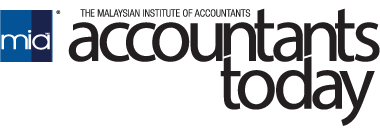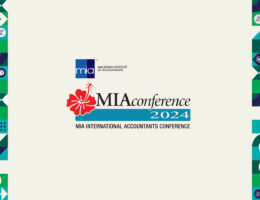By Alta Prinsloo
Virtual meetings have long been a relatively cheap and carbon-friendly alternative to in-person meetings. Everyone has joined one at some point to talk across time zones while avoiding the financial and environmental costs of travel—plus the jetlag.
Now, with offices shuttered and borders closed, they’re essential to the daily lives of millions of workers. There’s a big difference between planning the occasional video or telephone call and reorienting an entire work schedule around virtual connections. Most people aren’t used to the feeling and practical effects of so much physical distance in their work lives; walking down the hall for a chat is so much simpler. But adapting to remote work, and embracing the role of virtual meetings in it, is no longer optional.
We’re all still settling into a new reality. This will take time, but the transition doesn’t have to be rough. Here are a few tips:
- Think of virtual meetings as virtual meetings—not as in-person meetings that external events have disrupted. This minimizes the feeling of reaction and puts positive, creative energy into conversations.
- Be ready for virtual meetings to take longer than in-person meetings. Set an agenda accordingly so that participants don’t feel rushed. That agenda needs to be focused, and so do all participants. Set an expectation for participants to keep responses brief and relevant. Make a note of points that—although interesting—are off topic, and come back to them at the end of the meeting or hold them for the next meeting.
- Help participants test the platform before the meeting. Let them know the meeting will open 5-10 minutes ahead of time to let people address any connection issues.
- While in the meeting, speak positively about the use of virtual platforms.
- Encourage participants to join on video even if they’re in a makeshift workspace. (Most of us are in the same boat.) Visual connections make better engagement with colleagues.
- Instead of holding long meetings over a few days, consider holding a longer series of shorter meetings. Try to stick to a three-hour limit: it helps address time zone differences, it helps to keep people engaged, and it makes life easier for people dealing with unexpected challenges to working from home (e.g., closed schools). Also consider setting a 15-minute break halfway through the meeting.
- For big ticket items, call on each participant to provide input. If you’re using Zoom, you could call it “going around the Zoom table.” A participant who does not have a comment can simply say so. (If the platform has a raised-hand function, ask participants to use that instead.)
- Prepare a meeting run sheet and use a shared screen function to display it. The run sheet should follow the agenda and include a point or two per agenda item, as well as a question or two for participants to consider. This keeps participants engaged and helps them follow along.
- Try to gather opinions before the meeting (e.g., by using the Office 365 forms function) and share a summary of those opinions in the run sheet. This can save time otherwise spent going around the
- Zoom table. With the summary written, you can call only for additional input (i.e. input not already captured in the summary) going around the Zoom table.
We’re in a new normal, and we might not get back to business-as-usual anytime soon. But this disruption to our routines doesn’t mean we can’t connect effectively with our colleagues. In the long run, we might find this transition to virtual connections to be a lasting solution to the financial and environmental costs of physical travel, and look back on our embrace of technology as an important step in the right direction.
Alta Prinsloo is an executive director with primary responsibility for IFAC’s new approach to advancing education for future-ready professional accountants.Ms. Prinsloo joined the International Auditing and Assurance Standards Board in 2002, and served as deputy director before transitioning to IFAC, where she has served in various executive roles, including governance and nominations, strategic planning, risk management, finance, operations & information technology, human resources and intellectual property. She has also overseen a wide variety of initiatives, including accountancy capacity building, Accountability.Now.—an initiative focused on transparency and accountability in the public sector—the IFAC Member Compliance Program, professional accountants in business and in small- and medium-sized practices, and the IFAC Global Knowledge Gateway.From 1997 through 2002, Ms. Prinsloo worked at the South African Institute of Chartered Accountants, becoming its technical director in 2000. In 1996, she worked at Amalgamated Banks of South Africa where she was responsible for professional development of the internal audit function. Prior to that, she worked in the national technical and training office of PricewaterhouseCoopers.Ms. Prinsloo is originally from South Africa, qualified as a Chartered Accountant (SA), and holds a master’s degree in financial management.
This article originally appeared on the IFAC Knowledge Gateway along with additional COVID-19 and accountancy resources. Copyright © 2020 by the International Federation of Accountants (IFAC). All rights reserved. Used with permission of IFAC. Contact [email protected] for permission to reproduce, store, or transmit this document. https://www.ifac.org/knowledge-gateway/preparing-future-ready-professionals/discussion/tips-making-virtual-connections-work-you






